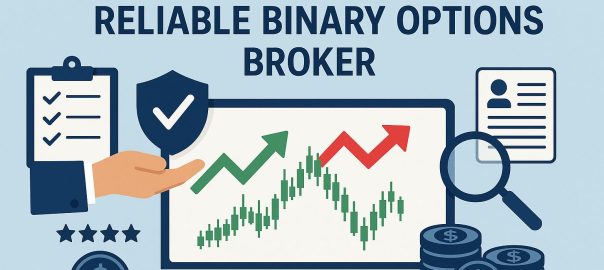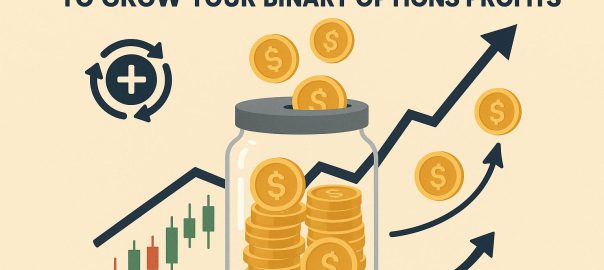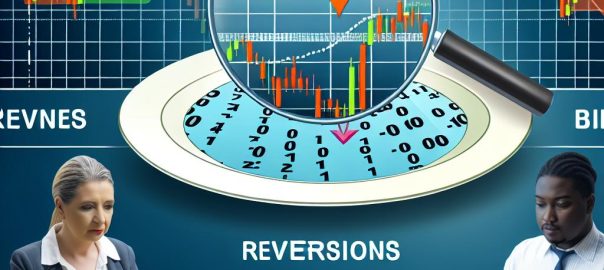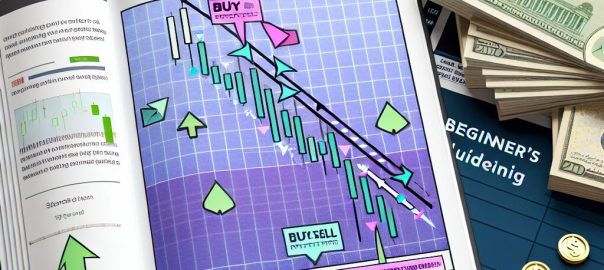The Future of Binary Options Trading and Profitability Trends

The Current State of Binary Options Trading
Binary options trading has captured the attention of a diverse group of investors over the past ten years. Its appeal lies in its simplicity, as it involves predicting whether the price of a given asset will rise or fall within a predetermined period. This type of trading, often described as “all or nothing,” has attracted both enthusiastic advocates and cautious critics. The straightforward nature of predicting binary outcomes is as intriguing as it is contentious, blending opportunity with risk.
Regulatory Changes and Industry Landscape
Understanding the evolving landscape of regulation in binary options trading is critical for participants in this financial marketplace. Over recent years, regulatory bodies have made strides to increase transparency and investor protection, aiming to create a fairer environment for all parties involved. For example, within the European Union, the European Securities and Markets Authority (ESMA) has implemented stringent guidelines affecting how brokers operate. These measures have not only succeeded in reducing the presence of unregulated brokers in the market but have also enhanced the overall security and integrity of binary options trading.
Regulatory efforts are not uniform across the globe, however. While some jurisdictions like those in the European Union apply rigorous standards, others, particularly in parts of Asia and Africa, employ a more lenient approach. This discrepancy has resulted in a varied global regulatory landscape. Traders operating in areas with looser regulations are encouraged to perform substantial due diligence. Ensuring that the selected brokers are reputable and compliant with industry norms is a prudent step for anyone venturing into this kind of trading.
Technological Advancements
The evolution of technology has significantly reshaped the binary options trading landscape. Modern trading platforms have become more advanced, featuring sophisticated interfaces that enhance user experience. Real-time analytics tools and mobile compatibility are now standard features, empowering traders to make informed decisions regardless of their location.
Further breakthroughs in technology, particularly Artificial Intelligence (AI) and machine learning, are poised to transform trading strategies. These technologies can provide deeper insights and offer predictive analytics that were previously unattainable. However, while technology can offer a competitive advantage, traders must remain informed and exercise caution. The advent of high-frequency trading and algorithmic strategies introduces new elements of market volatility that can affect trading outcomes.
Profitability Trends
Returns on Investment
Binary options can yield substantial returns, typically ranging from 60% to 90% of the initial investment for successful trades. But this potential for high profitability must be weighed against the significant risk of loss. An inaccurate prediction can result in the forfeiture of the entire invested amount. The nature of binary trading, as inherently high stakes, means that while leverage can enhance potential profits, it also heightens the risk levels involved.
Risk Management
Effective risk management strategies are paramount to ensuring long-term profitability in binary options trading. Traders who diligently apply risk management techniques are often better positioned to protect their investments and sustain their trading endeavors over time. Utilizing tools such as stop-loss limits and diversification across multiple assets can mitigate potential losses. Additionally, demo accounts offer a risk-free environment to practice and refine trading strategies before committing real capital. By maintaining a disciplined approach, investors can better manage the risks inherent in binary options trading.
Market Expansion and Future Prospects
The binary options market is on a trajectory of growth, fueled by continued technological advancements and increasing interest from emerging markets. One area of potential development is the incorporation of blockchain technology. This innovation promises to enhance transparency and reduce transaction costs, offering prospective improvements to how binary options are traded.
The evolution of binary options trading is intricately linked to broader market conditions and regulatory developments. As the trading landscape progresses, staying abreast of these factors is essential for traders seeking to capitalize on potential new opportunities. Blockchain, for instance, could revolutionize trading by providing enhanced transparency and efficiency, attracting more participants to the market.
In conclusion, binary options trading presents a landscape of unique opportunities coupled with significant risks. As traders navigate this environment, vigilance and adaptability become indispensable. Remaining informed on technological advances and regulatory shifts is key to maximizing profitability. Thorough due diligence, disciplined trading strategies, and proactive engagement with market trends will facilitate more informed and potentially profitable trading decisions.








